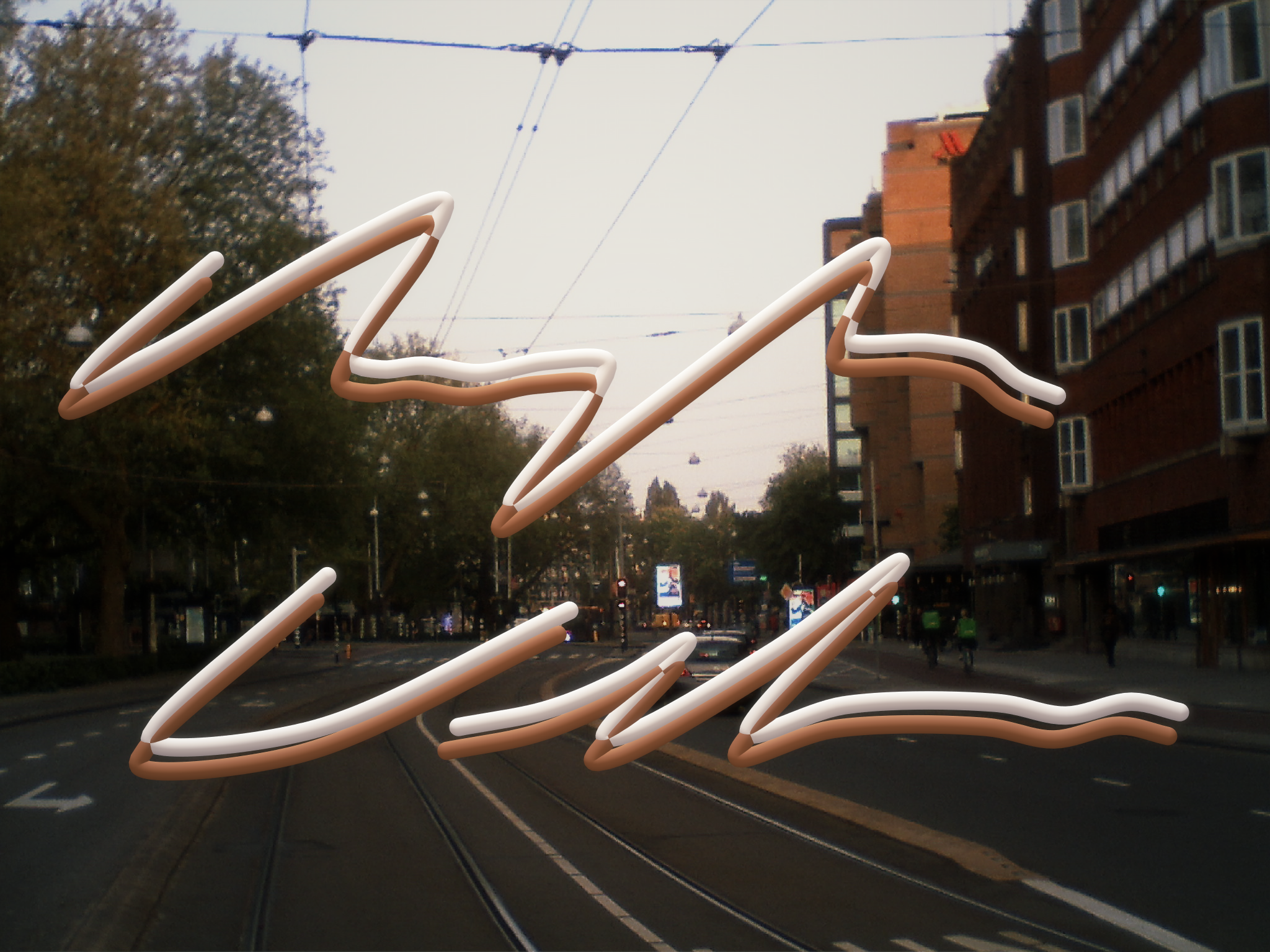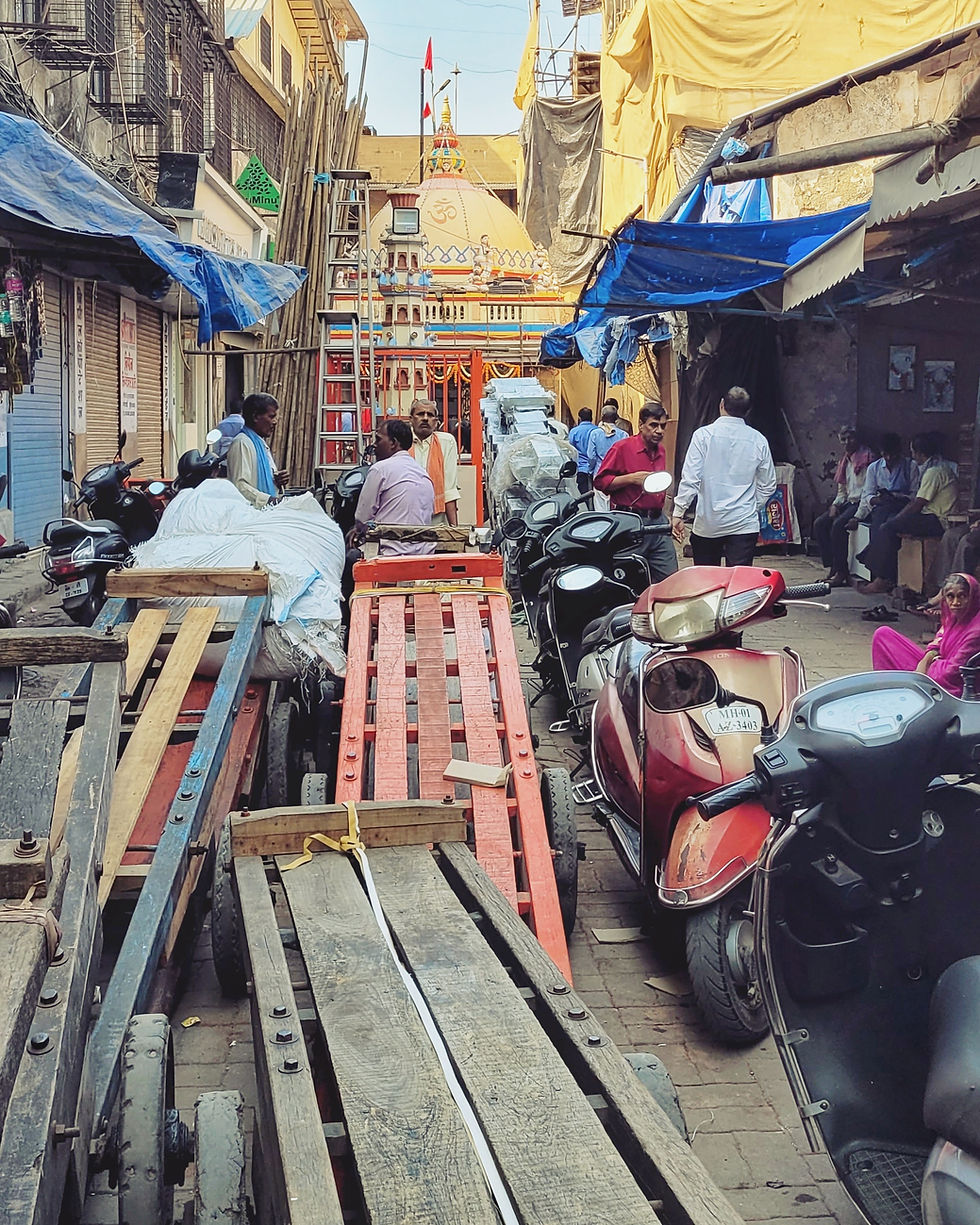Brain Gain 11 - Tech in Context: Reflections from Mumbai
- Specialized Generalist

- Sep 3
- 2 min read
Updated: Sep 5
How do our technologies shape us and our lives?
That’s a question I really started asking myself during my trip to Mumbai, India, and ever since. It was the farthest I’d ever been from home and my first time in Asia. One of my favorite things to photograph there was the way recognizable technologies appear in unrecognizable surroundings, areas, and locations—or sometimes the other way around.
Next, I’ll highlight three photos from my photo gallery Bom Baim. Alongside them, I invite you to reflect on a critical question: Do standardized technologies shape, help, or add to societies in unique ways (?) Or do they also risk unifying—and perhaps negatively uniforming—our world, making it feel monotonous?







i like this post